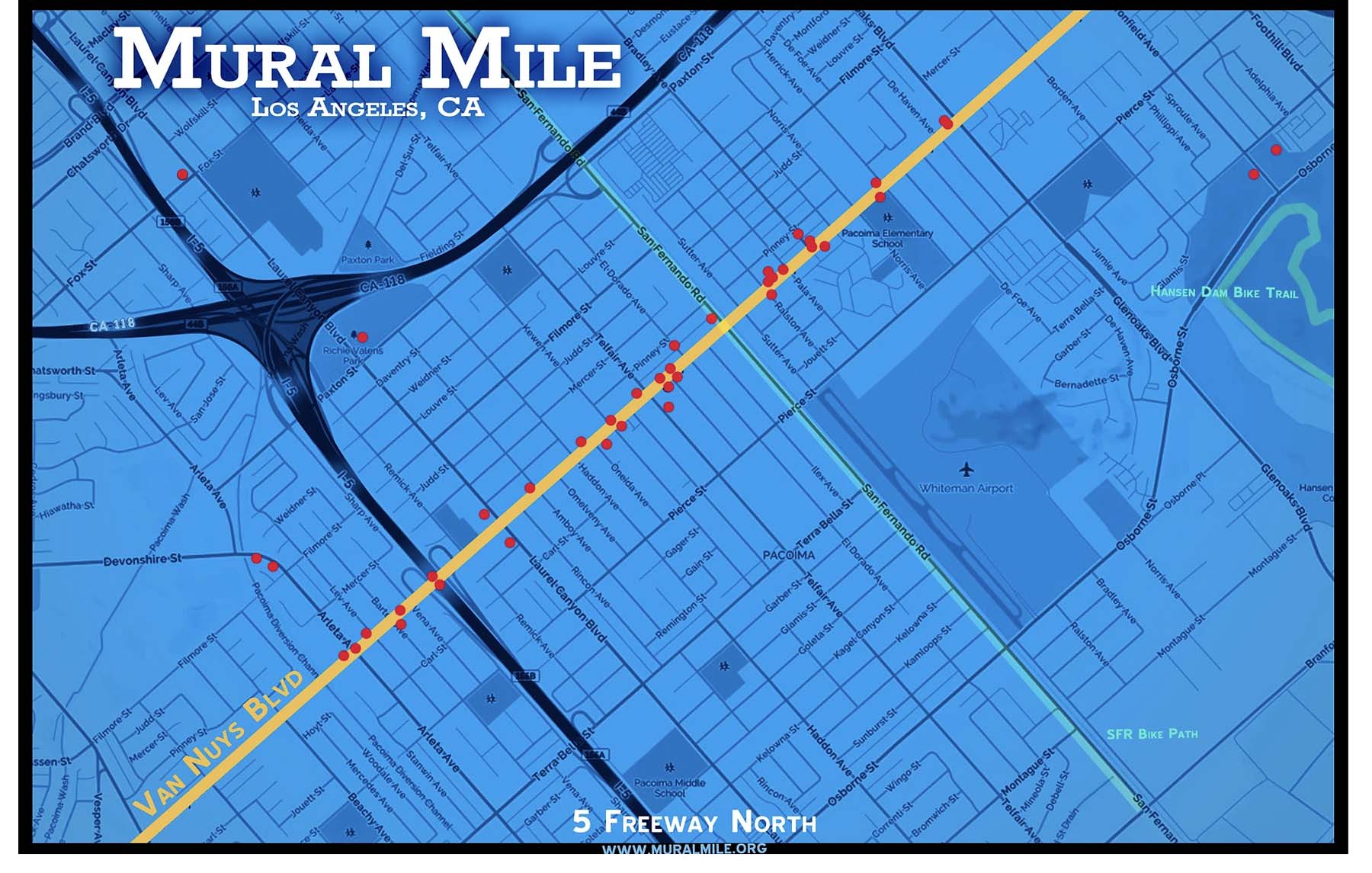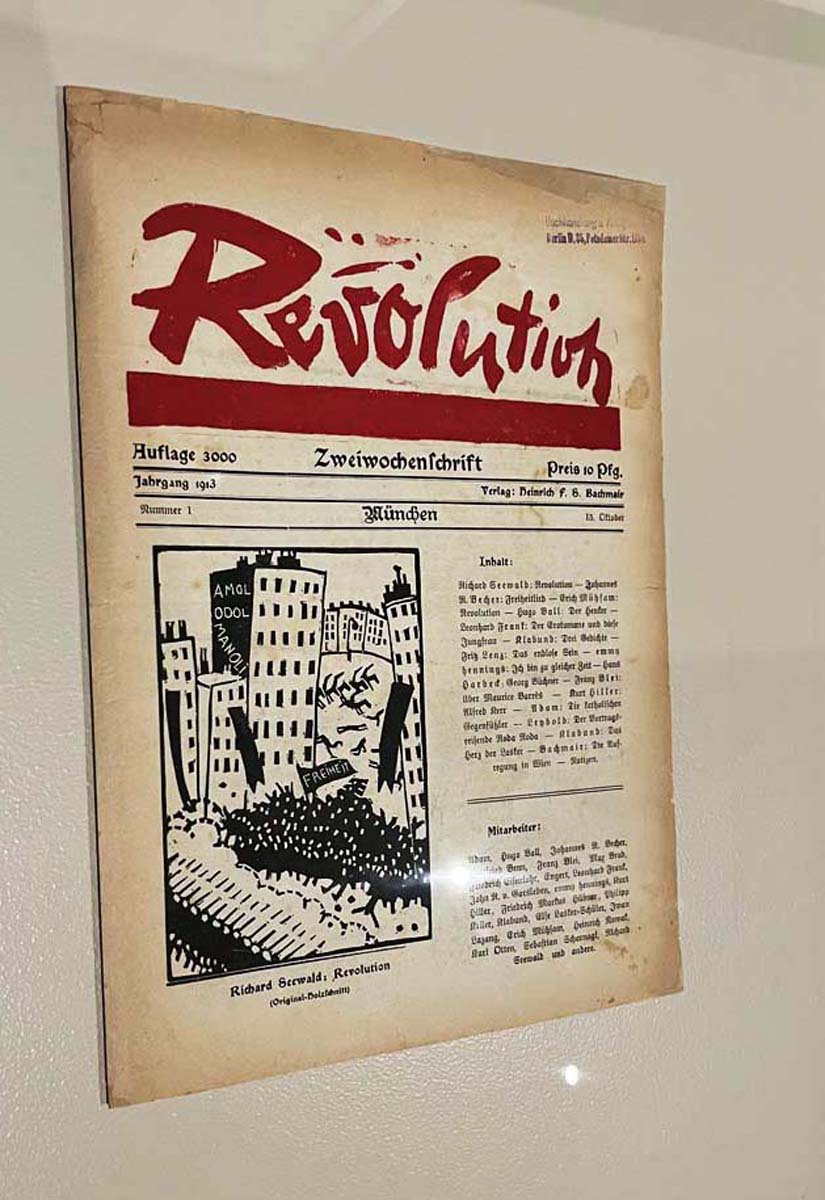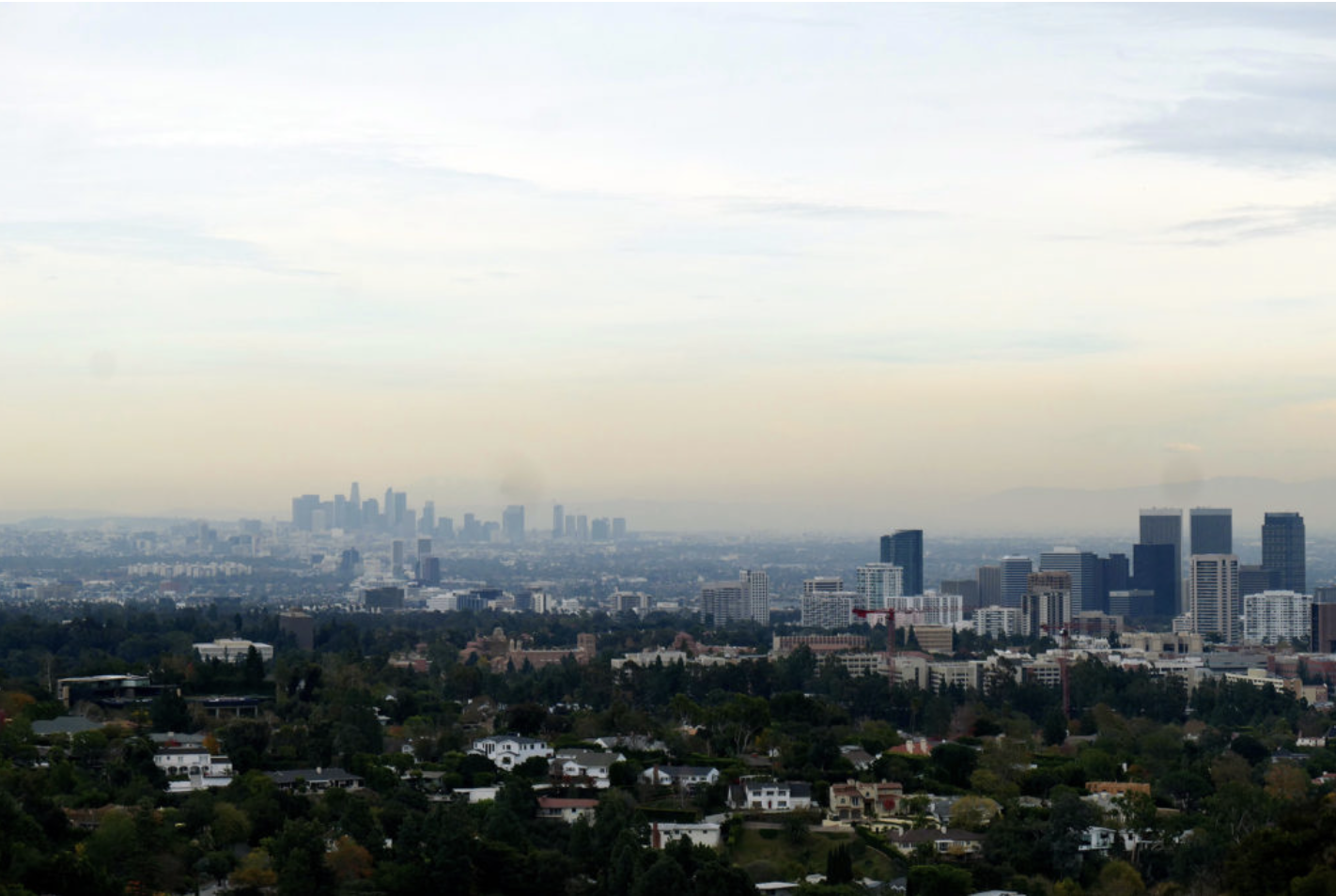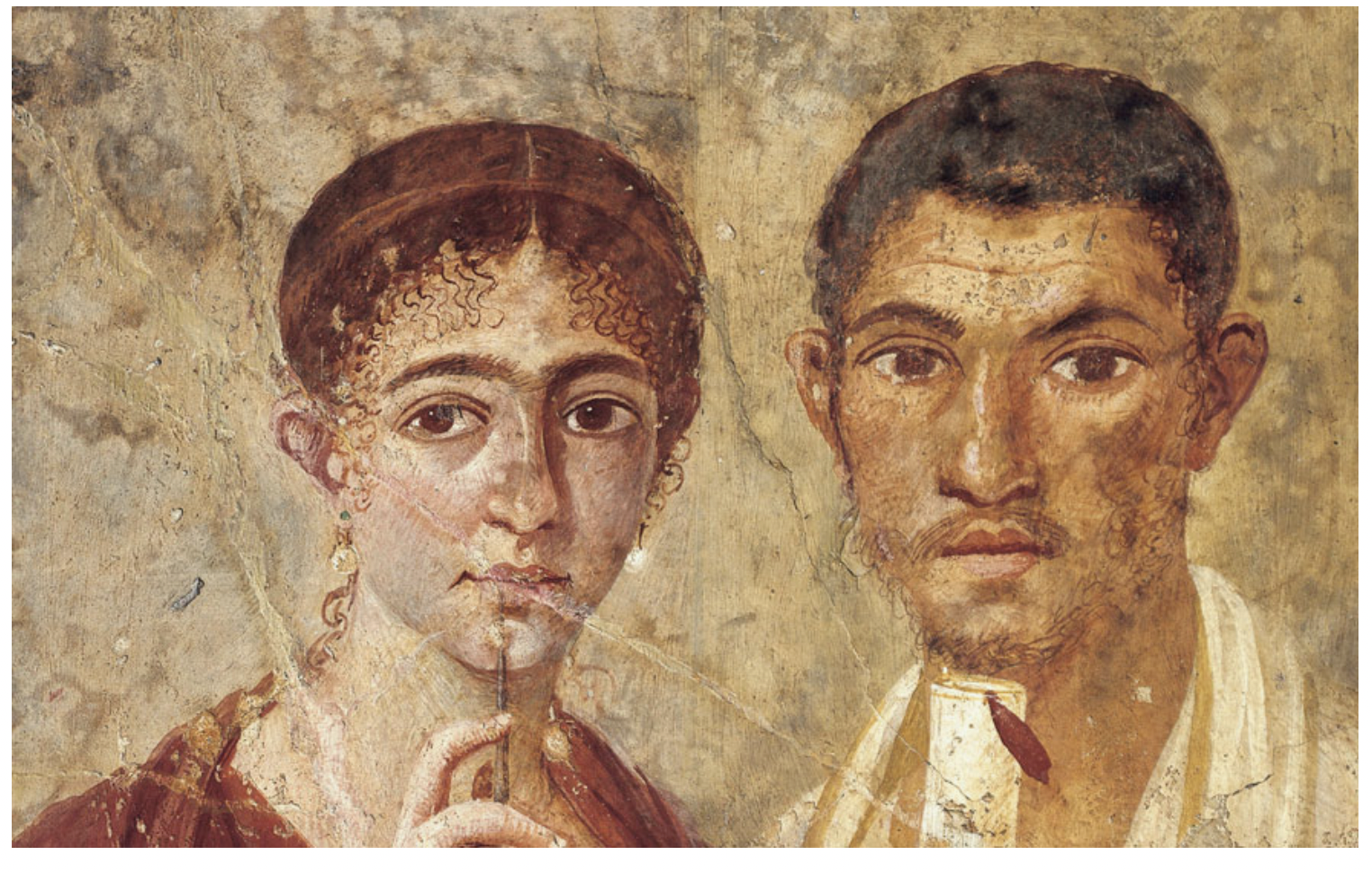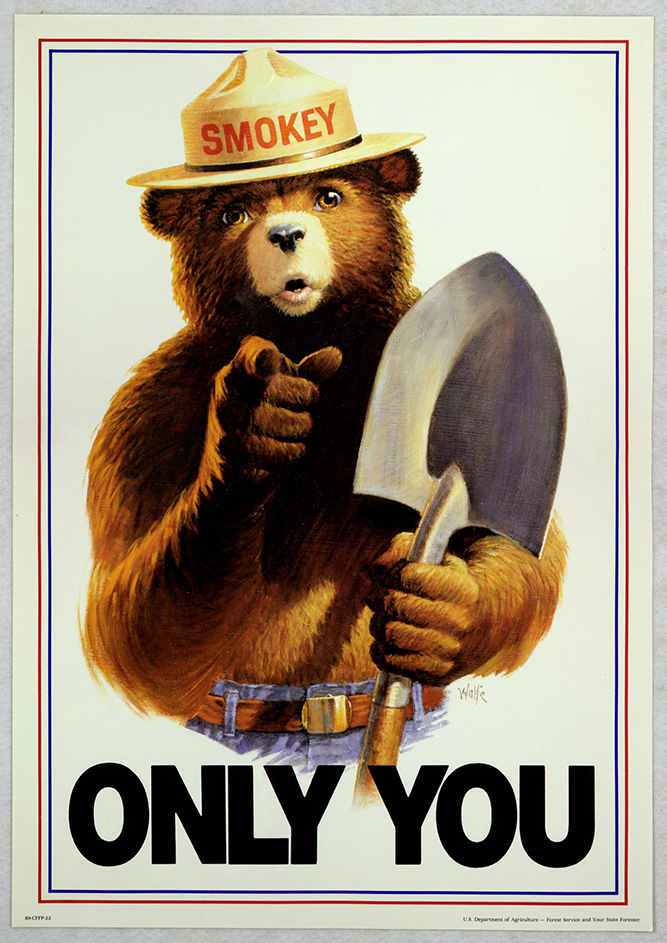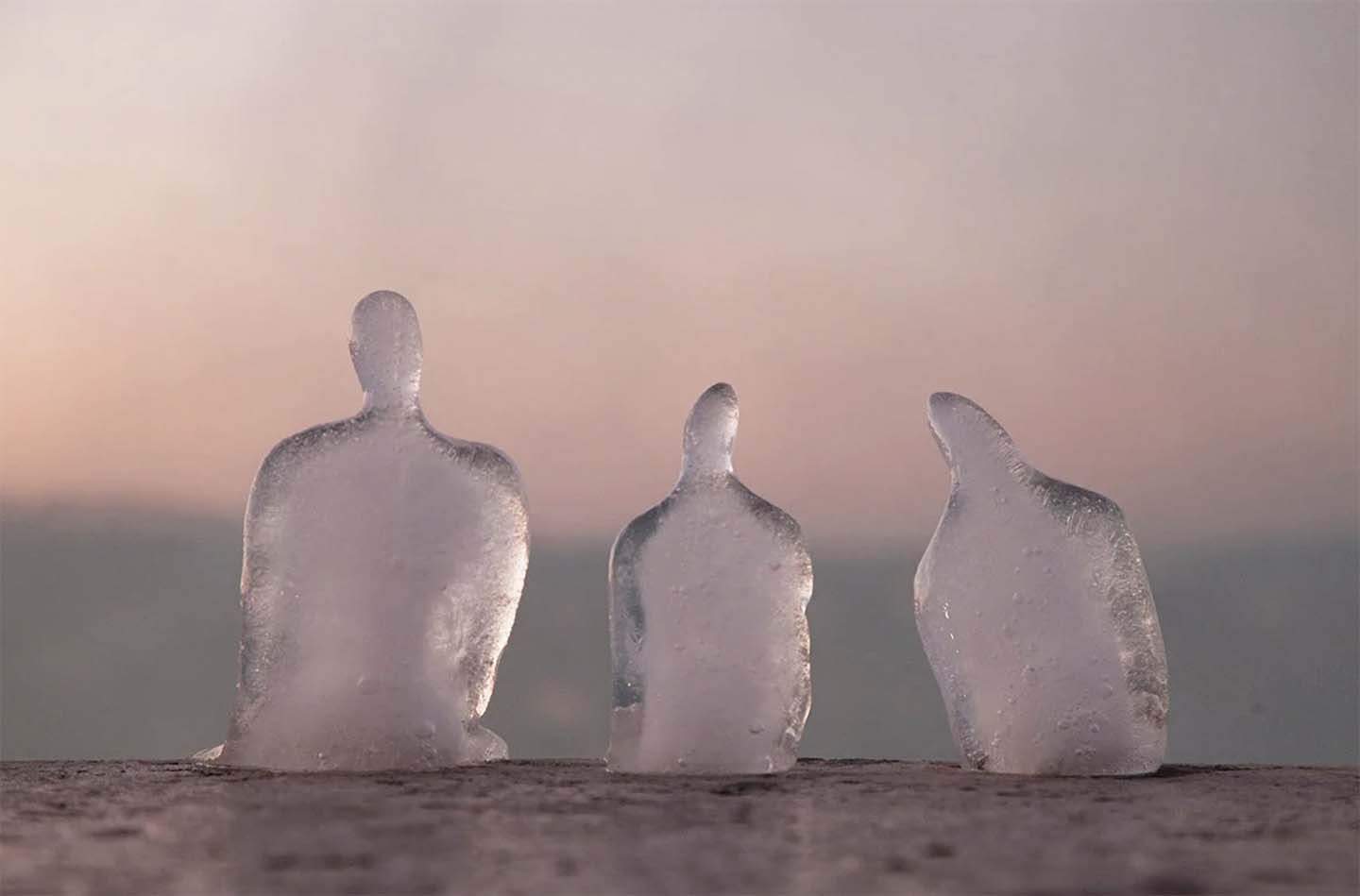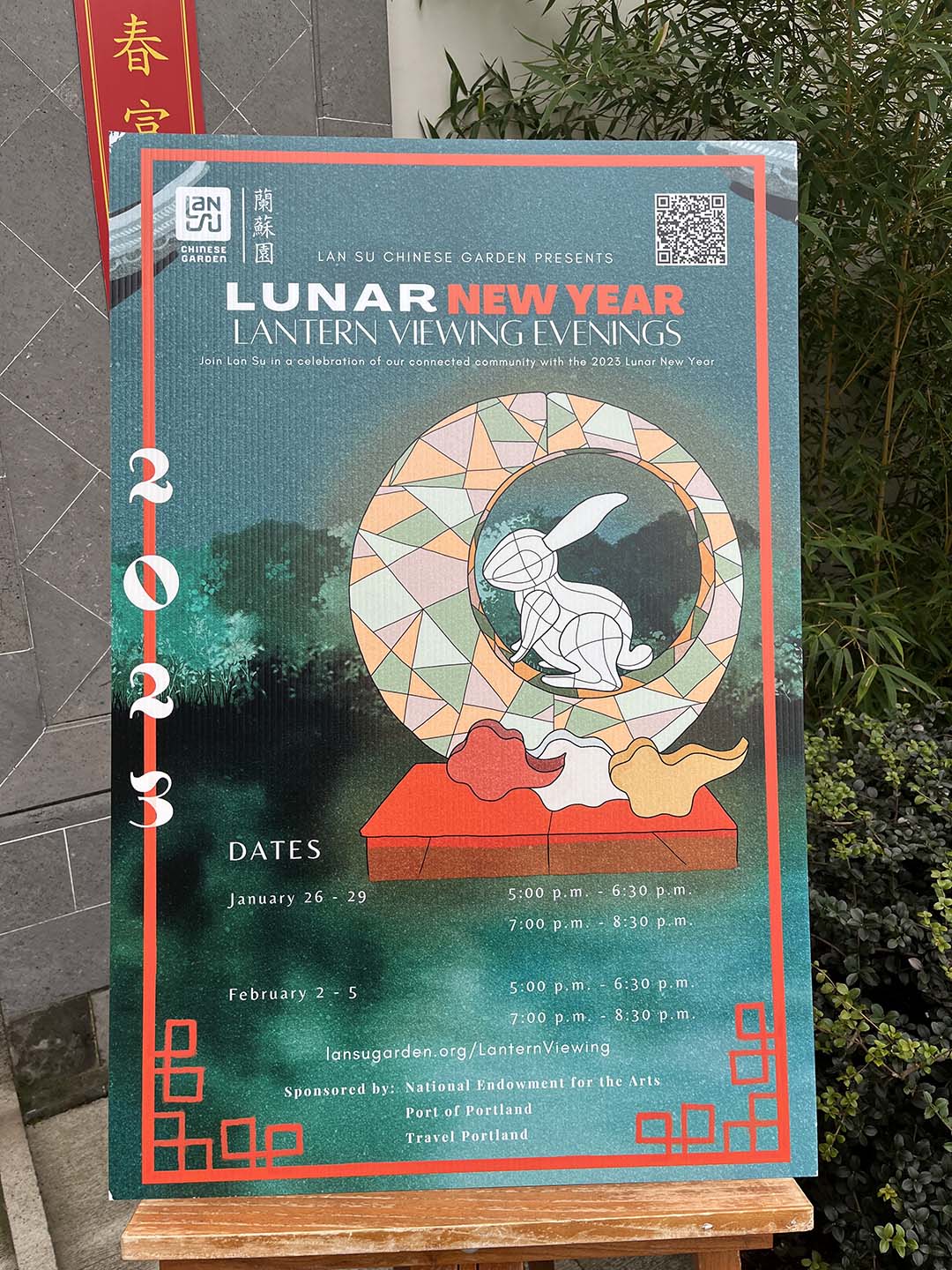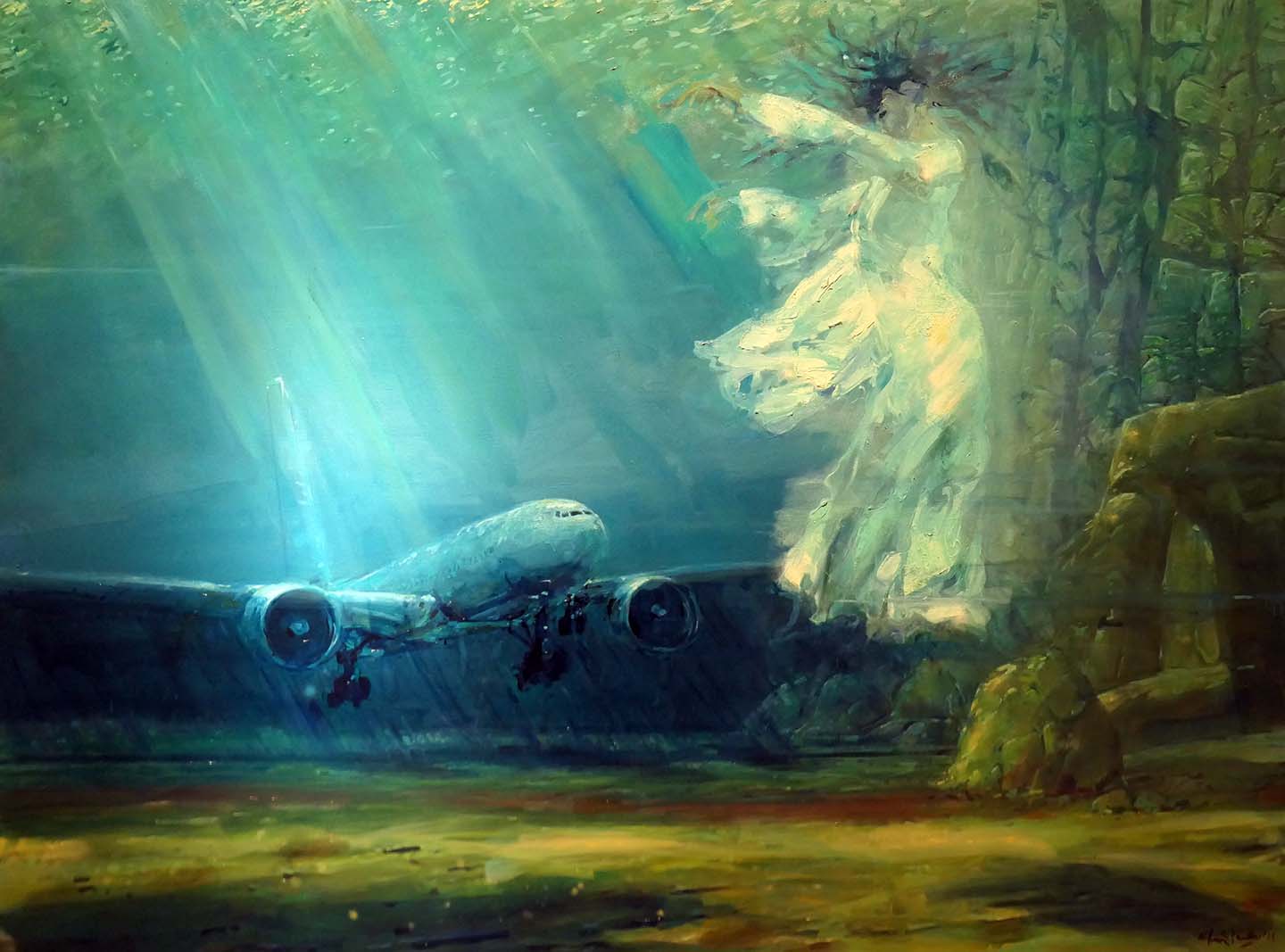I BET THE BANK that not a lot of L.A. tourists make it out to Pacoima in the San Fernando Valley, one of the 88 cities comprising L.A. County. Which is too bad, given that there is much to learn and admire when looking at the history of the area. It is also a place where you can explore over 30 murals along a stretch of a busy through-fare, Van Nuys Blvd., the Mural Mile created by local artists who care about their community and acknowledge its history. The works shine like beacons along a neighborhood dominated by auto-repair or appliance repair shops, pawn brokers and payday-loan companies, small bars, pet groomers, florists, laundromats and churches, garages and places to send money back home to the loved ones you left behind in Mexico or El Salvador.












The area has been settled for more than 1500 years, early on by the Tatavians, a tribe with a strong sense of community and gender equality, from what the historians tell us. Disaster arrived in the form of Spanish colonialist destroying much of tribal land and culture.


Painted by the HOOD Sisters (Honoring Ourselves Origins Dreams)




By the late 1880, speculative investors descended in anticipation of the Southern Pacific railroad and a likely real estate boom. They hoped to lure wealthy settlers, but the area was prone to horrific floods and so ended up as an agricultural community, with many Mexicans and later Japanese immigrants doing the hard work. After Wold War II, with jobs provided by Lockheed and General Motors, a lot of Blacks were attracted to move to Pacoima, with a housing tract named after boxer Joe Louis, establishing a large middle-class community.




Today the population of around 90.000 people is about 87% Latino, 4% Asian and 3% Black. Poverty rates are high, crime rates higher than in almost any other community in the San Fernando Valley, and higher education levels way below average compared to the rest of L.A. County. There are reports that nearly 20% of the people in Pacoima live in rented rooms or converted garages. The hidden density extends to single-family houses that are often home to several families, trying to ease the burden of insane mortgage rates. (Ref.)


Homelessness here, as across L.A. County, has increased by over 70% across the last 6 years, with many families living in campers, cars, or tents. Makeshift memorials for victims of violence or the hardship of life on the street are ubiquitous.



The problem that compounds it all is the fact that Pacoima is by far one of the most pollution-exposed neighborhoods in all of California. It has one of the highest rates of air pollution and soil contamination due to the clumps of industrial facilities, garbage dumps, land fills, the small commercial Whiteman airport, Sun Valley Power Plant, a railroad line and the surrounding 3 freeways that enclose the city, I 5, 118 and 210. Diesel trucks emit diesel fumes into heavily residential areas, and weather patterns push and hold air pollution in Pacoima against the San Gabriel and Verdugo Mountains. The geography of the region, a valley, causes air-toxic chemicals, like nitrogen dioxide and ozone to settle near ground level.


Industries using chrome plating, among others, caused immense groundwater pollution, with hexavalent chromium doing its poisonous thing. Daytime heating patterns make it worse: the groundwater is vaporized during the day and then re-condenses at night, leading to the possibility for subsurface vapor intrusion into homes. There are now five Superfund sites in and around Paicoma: American Etching and Manufacturing, D & M Steel, Holchem, Inc., HR Textron-Glenoaks, and Price Pfister, Inc. The former Price-Pfister Faucet Plant Superfund site was recently redesignated as a Brownfield for redevelopment. The gas plant, it was revealed last year, has been leaking methane gas for long periods, affecting the area as well. The results of all this pollution is an unacceptably high level of respiratory illnesses, particularly asthma in young children, in the area and of course the potential that cancer rates are going to skyrocket among exposed individuals.

The skeleton is using an asthma inhaler…
***
THAT IS THE BAD NEWS. THE GOOD NEWS IS that Pacoima has a history of activism that unites many of its citizens in a fight for a better, or, in this case, healthier and more beautiful world, from tackling racist practices to now addressing environmental justice. In 1968 students from Pacoima staged one of the biggest civil rights protests in CA history, forcing massive reforms at the (now) Cal State University Northridge. It also paved the way for the school’s and state’s first Pan-African and Chicano Studies Departments.


Here is a great video introduction to their and others’ activism and a trailer to a documentary about the history of the town. Later, the NAACP and community churches organized and strategized to curtail police brutality and successfully spearheaded bans on the chokehold and use of the battering ram and focused on housing discrimination as well. Patrisse Cullors, one of the co-founders of the Black Lives Matter movement, hails from Pacoima as well.



Shakur
Painted by Kristy Sandoval and the H.O.O.D. Sisters, this mural pays homage to Assata Shakur, Tupac’s godmother and once one of the FBI’s most wanted.
It was five mothers from diverse backgrounds, however, who got together in 1996 to combat the literal toxicity of the place, founding Pacoima Beautiful, an organization that is now successfully fighting for environmental justice on a large scale. Just two months ago, their recommendations to close Whiteman Airport given the frequency of accidents and pollution issues, was heard. “The Re-envision Whiteman Airport Community Advisory Committee (CAC) voted at their final meeting to recommend the LA County Board of Supervisors pursue the closure of Whiteman Airport and immediately implement mitigation measures to prioritize public health and safety in the time leading up to airport closure.” Two years ago, their campaign against the Valley Gas Plant dangers helped deal with methane emissions. “As a result of our the community advocacy and organizing efforts, the Los Angeles Department of Water and Power has agreed to wean its use of natural gas and seek new opportunities for clean energy options at the site. Also there are plans to demolish the red and white smoke stacks.”

The non-profit organizes community clean-ups, Covid- outreach, electric bike programs, and nature access for kids. They also invest in arts education and local artists. Their ARTvertise program, together with OUTFRONT/JCDecaux, is designed to help transit riders experience art at bus shelters along the mural mile of Van Nuys Blvd. They show rotating work from local artists.


Their FaceBook site helps people figure out where to turn or where to participate, from offering opportunities to learn how to organize to announcement of life events of beloved community members. The organization also has 20 volunteer community inspectors who relate grievances to Clean Up Green Up, a 2016 city ordinance that prioritizes health and economic well-being for people living in some of L.A.’s most polluted districts. The ordinance ensures that complaints and violations raised by the inspectors are addressed and provides an ombudsman both for the area’s many industrial businesses trying to operate more cleanly and for the community members trying to enforce changes. (Ref.) All of this effective work to improve the health and living conditions of the community started by individual mothers having had enough. Deepest respect.

***
MANY OF THE MURALS I saw after driving out to Pacoima were produced by two artists, father and son, Hector Ponce and Levi Ponce.





Some are by younger artists, like Rah Azul and the gifted Kristy Sandoval. Some murals are easily accessible, others behind fences, on abandoned or guarded lots, respectively.



One friendly guard opened the electric gate so I could photograph a mural directly and told me that the depicted woman’s original cleavage had been so offensive to some part of the citizenry that it needed to be painted over. “Oh,”he said,”Ponce was going to come back and beautify the rest of the walls. I have to give him a call – we like what he is doing for the neighborhood. I have his number.”



Elvira painted by Hector Ponce
There are murals that link back to the history of the area,

“Forgotten Roots,” painted by Juan Pablo Reyes
some are addressing political issues of the presence. Some reference folktales, like the Mona Lisa now clad like La Adelita – the Mexican Revolution saw many women join as soldaderas who embraced the early Maderistas movement, with La Adelita representing them as a stand-in in a famous ballad.

Pacoima’s Art Revolution
Painted by Levi Ponce to declare an arts revolution in the area (during a time where painting murals was illegal in Los Angeles), it stands as a symbol of the fight for the arts.
Real-life luminaries include Danny Trejo, a formerly incarcerated man who became a famous movie star and now owns many local eateries. Some critics didn’t like what they saw as glorification of violence and crime, but Ponce wanted to reflect the community who, after all, had chosen Trejo as the grand marshal of Pacoima’s Christmas parade.

Then there is The day the music died depicting the most famous local musician, Ritchie Valens, who died with Buddy Holly and another bandmate in a plane crash in a cornfield in Iowa during a concert tour in 1959.



There are depictions of Latino culture,




and visions of a better future.

Without Boundaries
Painted by Sarah Ackerley and Levi Ponce. This 33′ x 75′ mural inspires children’s imagination by blurring the boundaries of reality. This variety of flying fish can actually be found off the coast of Santa Monica, CA.
A mural by Ignacio Gomez enumerating locally notable people and other folk can be found in the back of city hall,


while the front alerts to Councilwoman Monica Rodriguez, the first Latina in the city’s history to serve on the Los Angeles City Council in 2017, to represent the 7th district she’s called home her entire life, an active supporter of the mural arts.


There is clearly an important and welcome attempt to protect the community from Covid, given the extra vulnerability of a population prone to pulmonary diseases from pollution,


and there are lots of banners alerting the community to the educational possibilities for the youth.







Some of the murals on view might not have yet reached the level that signifies muralism as an art form, I’m thinking here for example of the three great Mexican muralists Diego Rivera, Jose Clemente Orozco and David Alfaro Siqueiros in the 1930s. But they are done in the same spirit: they keep significant history alive and memorialize the people who mattered to the community. They make public the concerns of a community (particularly when they are debated) and they can alert to the potential for change, when they depict alternate visions of what could be possible, particularly when they focus on inclusivity and are socially conscious. They are also creations of combined efforts of local artists, business people and other citizens, and kids who now own their participation in this community. A seminal essay by Judith Baca, Whose Monuments Where? Public Art in a Many-Cultured Society is well worth a (re)read if you are interested in the function and importance of community murals. All of this makes a difference.

Judith Baca has been one of the most prolific and recognized muralist in SoCal for the last 50 years. Her Neighborhood Pride program encouraged young artists to paint in ways that honor neighborhood history. Her Great Wall of Los Angeles, located just south of Pacoima along the Tujunga Wash and next to Coldwater Canyon Avenue in North Hollywood, is over 2,700 feet long and by far the biggest mural in Southern California. It was painted as “a bold illustration of the history of California from the state’s prehistoric past to the struggles of its ethnic minorities for civil rights and equality.” (Ref.) I have yet to visit. Many other public art projects in Little Tokyo and the Historic Core commemorating forgotten urban history were spearheaded in the late 1980s by yet another organization, The Power of Place, founded by Dolores Hayden, Professor Emerita at Yale University.
Here some more murals from Pacoima:



Levi Ponce’s 2019 monumental mural Rushing Waters follows Baca’s model. It recognizes indigenous and environmental history, and depicts both natural and manmade landmarks in and around Pacoima like Hansen Dam, the Sylmar Aqueduct, San Gabriel Mountains, the Los Angeles River, Whiteman Airport and nearby freeways, with a 25-foot tall Tataviam Village woman pouring her bowl of water onto the land comprising the center of the mural. Councilwoman Monica Rodriguez provided funding, and the mural itself was on the drawing board for over four years, eventually executed by a team of nine artists under Ponce’s leadership.

***
AS THE LATE CULTURAL WRITER and Latino art advocate Ed Fuentes wrote before his death in 2019:
“Murals were designed to be art for the masses, and in the case of ethnic-based murals, spoke for those underrepresented. In Los Angeles, its own identity is lost because it’s a region people come to reinvent the city, and/or reinvent themselves. This current legacy of remaining murals, plus the manifesto of current artists, may not realize their work represents another undervalued voice: The city’s own history.”
You find murals commemorating alternative histories all across L.A., but many are disappearing. It is a nationwide trend – my city of Portland, OR, has seen similar developments. They are not just defaced by taggers or torn down by property owners. There is a whole development aligned with the gentrification of traditional neighborhoods, with newcomers either insensitive to the history captured in the art, or inclined to put up visuals that serve their own interests. A recent essay in The Guardian, Whitewashed: How gentrification continues to erase bold L.A. murals, describes the conflicts over murals between gentrifiers and inhabitants. They are fundamentally linked to other sources of tension, “property prices, the pace of gentrification, tenant evictions, the integrity of once-venerated local artists, and the ability of local city officials to act as honest brokers between the competing interest groups.”
Efforts to protect the history and the art form are direly needed. In L.A. they have the Civic Memory project, a project that pursues the preservation of community knowledge, playing an evermore important role. If you go to their website you find an astonishing volume of projects all interesting in their own ways, public art included, with in-depth debate of how to approach memorializing a past that had been submerged under representations by culturally dominant official” voices that pursued their own agenda.

Forgotten places, Pacoima included, can be resurrected via public art that is emerging from community-based vision, voices, recollections. All we have to do is visit and learn. As Ritchie Valens sang: Come on, let’s go!

